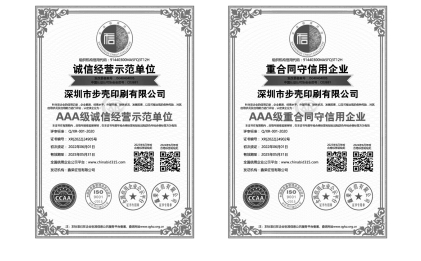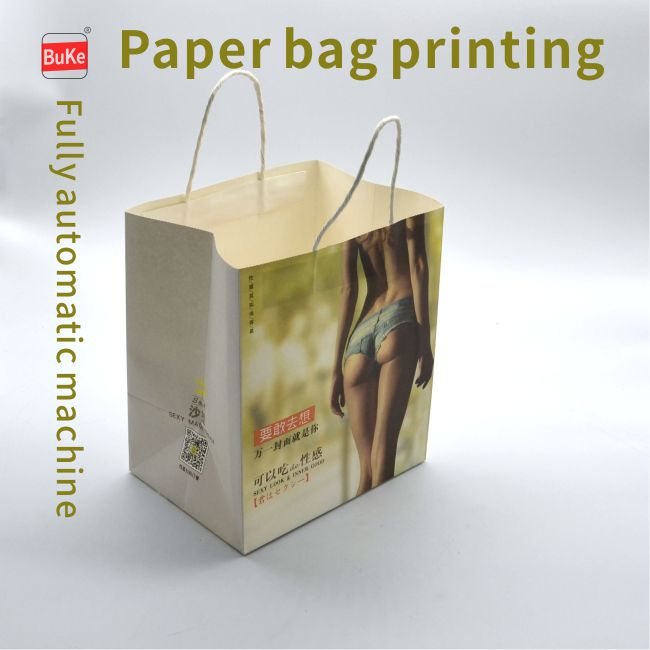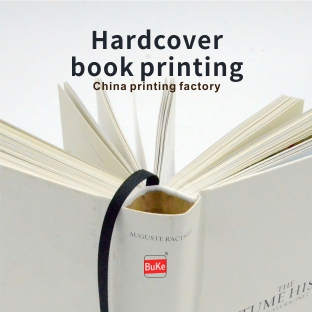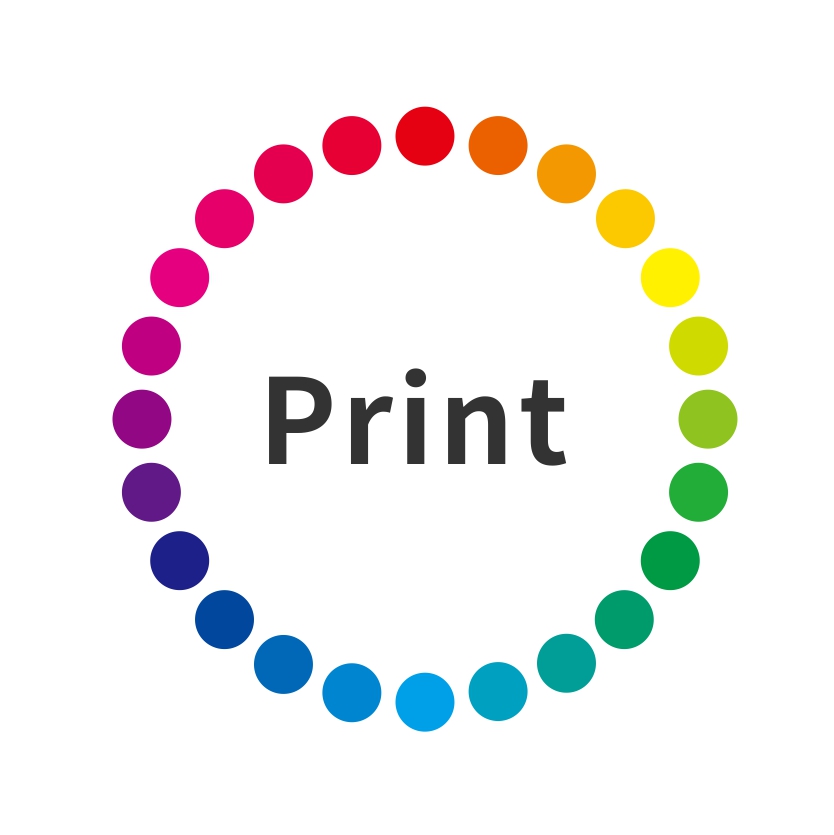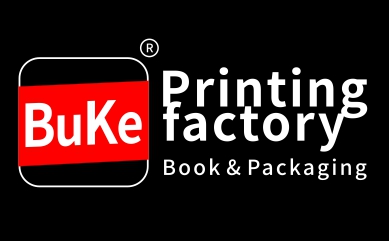As one of the four great inventions of China, movable type printing was 400 years earlier than Europe. It required hundreds of individual movable types to be pieced together, and required a tight fit between the types to avoid uneven layout. After the invention of movable type printing in the Northern Song Dynasty, it also continued to develop. The movable type printing technique of the mid Ming Dynasty had already introduced copper movable type technology, which was much more accurate than wooden movable type due to its unified casting mold. By the Qing Dynasty, the technology of movable type printing had become more mature.

Kang Qian used a large set of copper movable type to print the "Integration of Ancient and Modern Books", totaling 1000 volumes. Qianlong printed the "Wu Ying Dian Ju Zhen Shu" series with jujube wood movable type, with a total of 134 types, both of which were major projects at that time. The royal family is using it, indicating that the technology is still relatively mature. In theory, movable type printing is flexible and cost-effective, but in reality, only 2% of the total number of books are printed through movable type printing, and most books are still completed through engraving and manual copying. Movable type printing has a feeling of being marginalized.
On TV, we can see that when Ji Xiaolan compiled the Complete Library of the Four Classics, all of them were handwritten. In fact, the Complete Library of the Four Classics was handwritten. According to statistics, 51% of books in China are handwritten. In the collection of books in the Ming Dynasty Wenyuan Pavilion, the number of handwritten editions was much higher than that of printed editions, reaching 70%. Due to the low demand for these super large books, hand copying saves much more time than movable type. The remaining 47% of the books should be woodblock printed, which books are mainly used for printing? The woodblock printing technique of the Song Dynasty also reached its peak, and the collection value of Song edition books in ancient Chinese books is the highest. On a technical level, movable type printing is far less refined and aesthetically pleasing than engraving, and marginalization is a natural occurrence.
If we want to print the Four Books and Five Classics that Confucian scholars use to participate in the imperial examination, which method is the most suitable? For books with a high demand, manual copying is definitely not feasible. We can only use movable type or woodblock printing, so let's all use it and see which one is more suitable. A woodblock has a lifespan of 30000 times. After printing a plate, it can be washed and dried, waiting for the next use. There is no need for typesetting, and only one woodblock is needed for life. If movable type is used, it needs to be typeset and checked before each printing. After printing, the plate needs to be removed and the movable type needs to be put back in place. Compared to this process alone, the cost of movable type printing seems to be lower, but the next step is the key.
Movable type printing requires typesetting, proofreading after typesetting, and after printing, the plate needs to be dismantled and each movable type needs to be put back in place. Then when will it be printed, it will need to be typeset again, and after typesetting, it will need to be proofread again. But typesetting requires people who can read, but in ancient times, people who can read were all for the imperial examination. Only those who cannot even do private schools came to do typesetting. In fact, at that time, few scholars could put down their positions and do this job, after all, everything was inferior except for reading, and he looked down on this industry from the bottom of his heart. And engraving is different. It doesn't require engraving workers to read. In the eyes of engraving workers, every word is a painting, as long as it is carved out, more people do it and less money is paid. In terms of economic benefits, movable type has lost to woodblock printing.
Moreover, as the demand for woodblock printing increased, a group of engravers emerged, with over a thousand people in each era. Their division of labor became more and more detailed, and there was a succession between masters and apprentices. The craftsmanship became more and more exquisite, resulting in better quality printed books.






